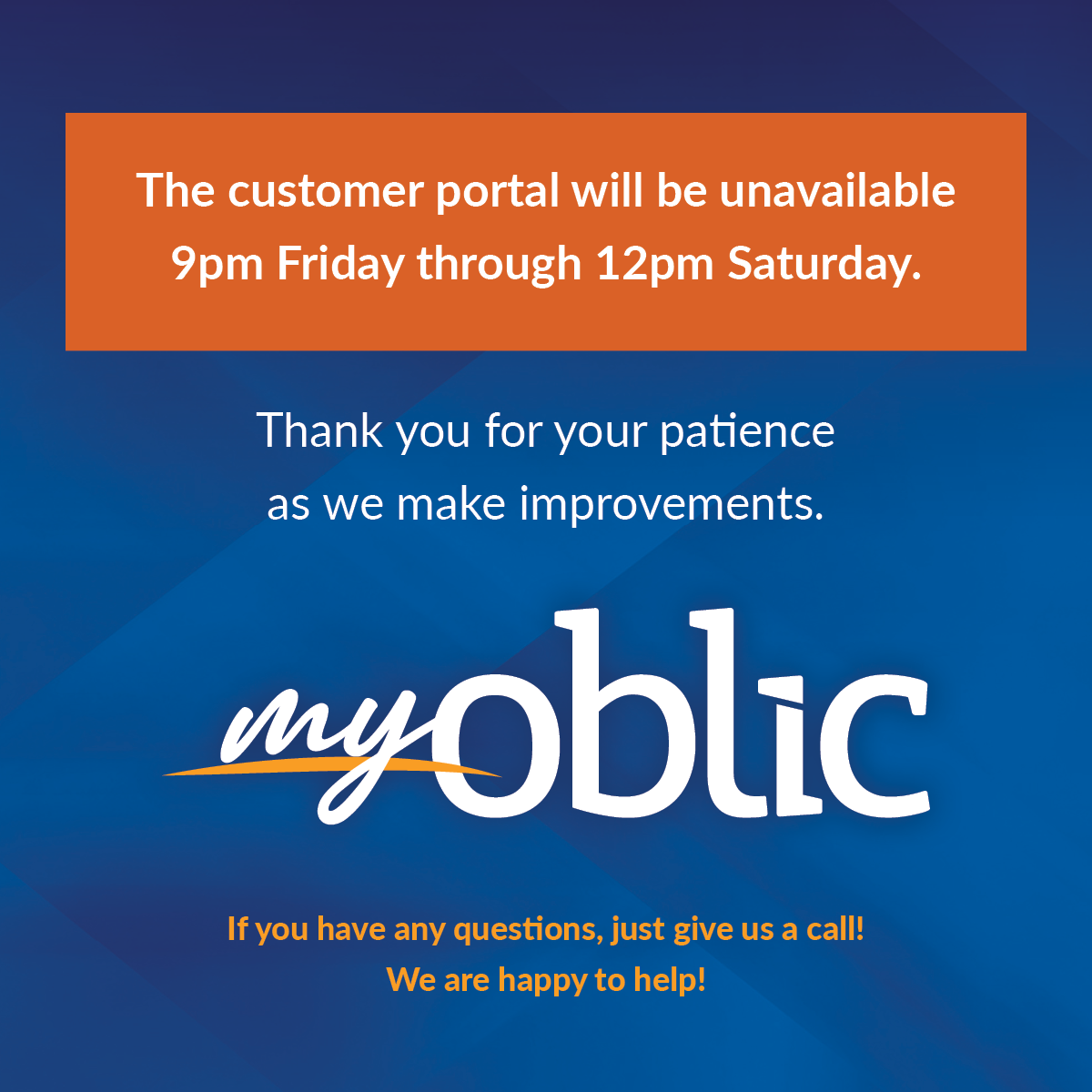As an OBLIC insured you have probably read our occasional articles emphasizing the need for regular, effective client communication, including references to various forms that can be put to use in your practice (see our most recent example, OBLIC Malpractice Alert of Fall 2019). However, whether you practice as a solo or in a firm, in a small town or large city, the changes experienced by most attorneys over the last several few months have reinforced the value of good client communication.
Beginning with this short article and continuing over the next few months, we will take a deeper dive into what we mean by effective client communication. This series will be divided into logical segments: 1) Initiating representation; 2) Communication over the course of a matter; and 3) Concluding representation.
As we discuss client communication, please keep the following in mind – documentation of your client communications is vital. Although a sad reality, our experience in resolving thousands of malpractice claims clearly suggests that juries and judges, the triers of fact, expect all important communications from attorney to client to be clearly documented. A “she said, he said” dispute over an important fact or communication is not an enviable place to be when trying to resolve a malpractice claim.
The process of initiating representation is the first opportunity to establish a clear communication process between you and your client. Although Ohio Rule of Professional Conduct Rule 1.4: Communication provides the foundational elements of your communication obligations, Rules 1.2 and 1.5 also provide some important guidance at this stage of the relationship. First, we recommend, as does Rule 1.5, that you utilize a written engagement letter to document the terms of your engagement. This can also document the terms of the fees you will charge for the representation, or you can utilize a separate fee agreement to do so. In fact, Rule 1.5 (c)(1) requires that a contingent fee agreement be in writing and contain the client’s and attorney’s signature.
The engagement letter is an ideal tool to address the scope of the intended representation as suggested by Rule 1.2, including limited scope representation, and can help avoid disputes, often after-the-fact, over what legal services the attorney agreed to perform on behalf of the client. Addressing scope of representation in writing becomes extremely important when the client has various needs for legal services, yet you only intend to provide some and not all of those services, i.e. civil vs. criminal, estate planning vs. domestic relations, etc.
The engagement letter can also be used to set expectations – a theme to be seriously considered – such as what you expect from your client as it relates to communication, information and contact details, and payment for your services or related legal expenses. A discussion of the expected legal fees and costs for the representation is a very important topic to address within the engagement letter, as “sticker shock” is a very real phenomena and a common cause of friction between lawyer and client.
This letter can also clearly identify who you intend to represent, and who you do not, such as other family members, related businesses, business partners, officers, directors, employees, etc.
Finally, the engagement letter can clearly spell out who within your firm will be providing the range of services needed to advance the representation, from partners and associates to paralegals, investigators or legal assistants, how their services will be delivered and billed for, and roles of each.
The more you can address up front with your client through a well-written engagement letter, the less mystery there is for the client to worry over during the course of the representation, allowing you and your client to start off the relationship on the right foot.
The next issue in this series will focus on ways to utilize effective communication over the course of the representation. If you have any questions or wish to discuss these ideas more fully, feel free to call or email me or our Director of Loss Prevention, Gretchen Mote.
Steve Couch, President and CEO, OBLIC
Article 1: The Value of Client Communication
Article 2: Effective Client Communication – During Representation


